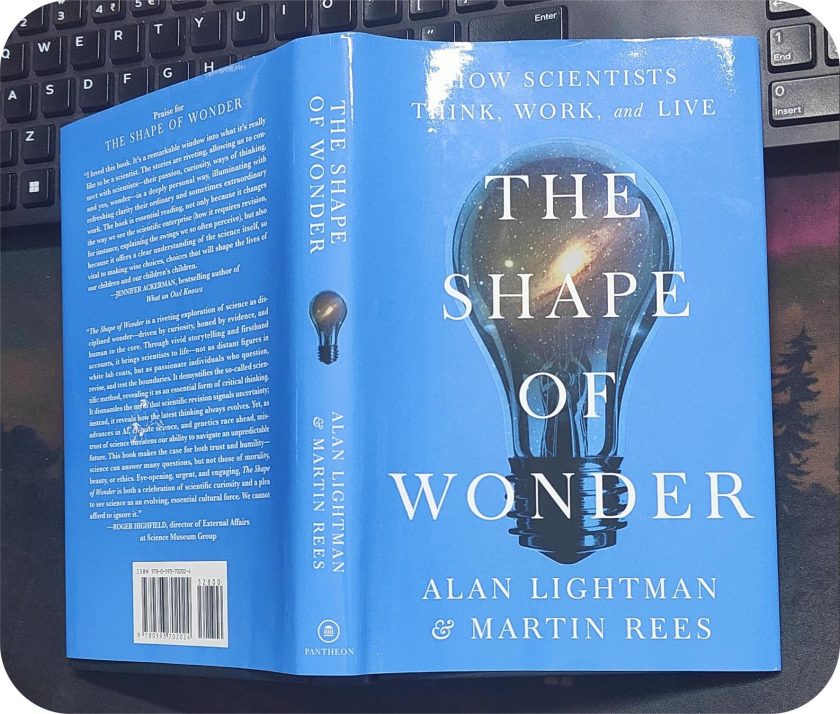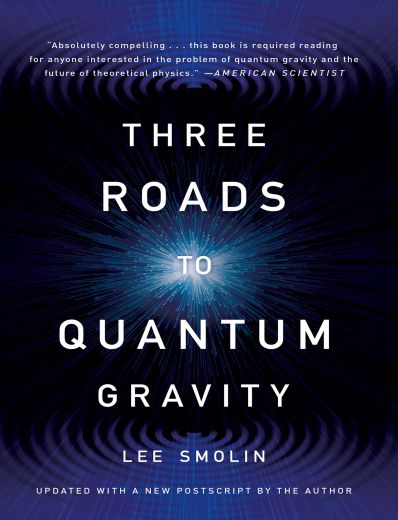
Three Roads to Quantum Gravity: A New Understanding of Space, Time and the Universe is written by Lee Smolin. He is a theoretical physicist and senior faculty member at Perimeter Institute for Theoretical Physics.
He has contributed significantly to the development of Loop Quantum Gravity and Deformed Special Relativity.
He has also contributed to quantum field theory, the foundations of quantum mechanics, theoretical biology, the philosophy of science and economics. He is the author of more than 150 scientific papers and numerous essays and writings for the public on science.
Unifying gravity and quantum mechanics
The current book is one of Smolin’s attempts to reconcile the principles of general relativity and quantum mechanics. He has put forward different approaches to the very difficult problem of unifying gravity and quantum mechanics.
In this book, the author talks about the three “roads” that could lead to a theory of quantum gravity:
- The first begins from quantum theory and adds relativity (string theory),
- The next begins from general relativity and adds quantum theory (loop quantum gravity), and
- While the third rejects the above both. And instead, the author suggests the “holographic principle”.
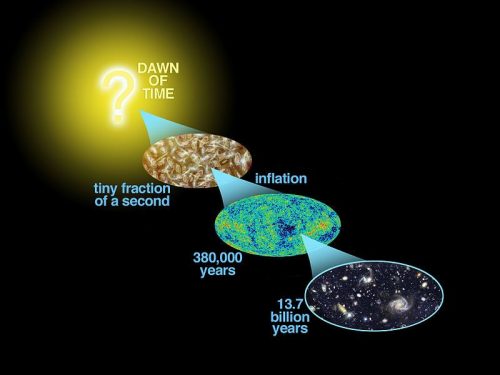
Evolution via natural selection
We humans attribute the existence of complex and intricate structures to a conscious creator. However, in the context of scientific inquiry, it is important to consider natural explanations for the existence of such structures.
For instance, the intricate structures and complex organisms that we see today are a result of natural selection and evolution.
Similarly, complex structures of the universe can be explained by natural processes such as the laws of physics and the behavior of matter and energy.
Universe began with the Big Bang about 14 billion years ago. Although Big Bang remains an open question in cosmology. Some theories suggest it was caused by a quantum fluctuation in a pre-existing universe.
The universe is all there is
While some parallel hypothesis suggest that the Big Bang was the beginning of time and space itself.
Keeping the ‘cause’ of the universe constant, cosmologists and scientists postulate that the universe is all there is. There is nothing outside of universe. Therefore, it is self-contained.
Gravity and the behavior of matter and energy, over billions of years have resulted in the universe that we experience today.
Science and religion
Smolin further hints that the aim of science is not to exclude religion or mysticism. Rather the subject takes a different approach to understand the universe.
Former might provide inspiration and insight into the nature of existence. However, latter seeks to explain natural phenomena through:
- observation,
- experimentation, and
- logical reasoning.
Science and religion look the same question but with different approaches.
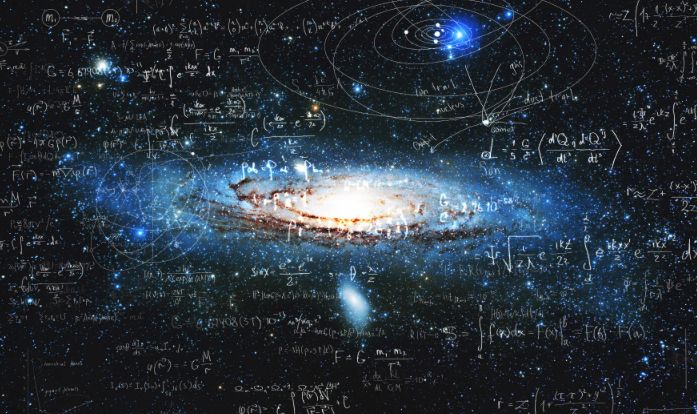
A closed system
If we take the principle “the universe is all there is” into consideration, we conclude that “it happens to be a closed system”.
Hence, any explanation for events or phenomena within the universe can only involve things that exist “within” the universe.
This also implies that we can only describe entities and explanations in terms of their relationship to other things within the universe.
Smolin simplifies that the position and motion of objects within the universe can only be defined with respect to other objects within the universe.
“World cannot be understood as a collection of independent entities living in a fixed, static background of space and time. Instead, it is a network of relationships the properties of every part of which are determined by its relationships to the other parts.” (p67.)
On the similar grounds, he postulates, any explanation for the behavior of matter and energy within the universe must be based on two things:
- the laws of physics and
- the behavior of other matter and energy within the universe
Space is not a stage
Putting forward the concept of space, Smolin says, it is not an independent entity. Rather a relational concept that arises from the relationships between objects in the universe.
It, therefore, is not a stage on which objects come and go, but rather a feature of the relationships between objects. Space cannot be understood independently of those relationships.
Sentence is a grammatical structure defined by the relationships between words. Likewise, space is defined by the relationships between objects.
If we remove all the objects from space, there is no longer any space, just as a sentence without words is not a sentence at all.
Interconnectedness and dynamism of the universe
Further he says, geometry of the universe is similar to the grammatical structure of a sentence.
Smolin explains, the structure and meaning of a sentence is contingent on the relationships between its constituent words. Equally, the structure of space depends on the relationships between the objects and entities that exist within it.
In this view, the universe is seen as a dynamic and interconnected system. Variations in the relationships between its constituent parts can lead to changes in the geometry of space itself.
An important thing to note here is, the structure of a sentence is man made, and is determined by human conventions. While the geometry of space is controlled by physical laws and natural phenomena.
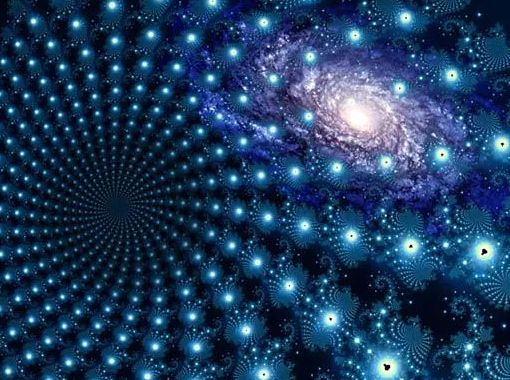
No absolute space and time
According to Newton’s theory of physics space was a fixed and immutable backdrop against which all objects moved. The idea was that of an “absolute space”.
This view was radically challenged by Albert Einstein’s theory of relativity, and from the quantum theory, invented by Neils Bohr, Werner Heisenberg, Erwin Schrödinger, and many others.
According to general relativity, space and time are not absolute entities but are intimately linked and dependent on the objects and energy within them.
Even experimental evidence has confirmed the predictions of general relativity. This has led to its widespread acceptance among physicists and cosmologists.
In the twentieth century, therefore, we witnessed that Newton’s view of absolute space is not only incorrect but time also has no absolute meaning. Time is nothing but, “a change”.
Conservation of reality
When it comes to observing reality, anything that is observer dependent is subjective, meaning that it is not quite real.
So ‘objectivity’ is not the same as ‘knowable by all’.
According to the principle of “conservation of reality” or the “principle of objective reality”, if a physical phenomenon is observed by multiple independent observers, then they should all agree on the properties of that phenomenon.
The idea implies, physical phenomena are objective and independent of the observer. Therefore, different observers should be able to reach the same conclusions about the properties of those phenomena.
Unifying general relativity and quantum mechanics
Smolin then talks about the different approaches to quantum gravity.
Black hole: It is the ultimate curvature of spacetime. It is incredible dense region of space. And gravity is so strong that not even light can pass through.
“Black hole is acting as a kind of microscope. The wavelengths of light are stretched as the light climbs up to us.” (p76.)
It is therefore, one of the test sites where all the theories of fundamental physics, the behavior of matter and radiation in extreme environments can be observed.
String theory: It suggests that the fundamental units of space are not loops, but tiny, one-dimensional strings.
There are internal inconsistencies in the theory, that is, math of string theory doesn’t work unless there is something unfamiliar and that is, the extra dimension space.
Putting this into the equation, string theory states, that at quantum level there are extra dimensions squeezed into a micro size that we have not yet detected.
By adding extra dimensions, the theory becomes mathematically consistent. Also, then it is able to describe phenomena that cannot be explained by traditional four-dimensional theories.
Loop quantum gravity: Its main feature is that it describes space and time as being discrete and quantized, rather than continuous and infinitely divisible.
Space is quantized as loops that interact with each other. The eventual interaction gives rise to the fabric of space.
These loops are not physical objects in the traditional sense, but rather mathematical constructs. And this also represents the geometry of space. The theory successfully describes how the geometry of space must look on the Planck scale.
In simple terms, they are like lines of magnetic field in a superconductor, in that they are discrete and can interact with each other in complex ways.
While all the approaches take a different starting point, nevertheless, each suggests that space and time, at the Planck scale, cannot be continuous.
One of the main reasons for this is that the classical picture of spacetime, which is continuous and smooth, breaks down at this scale, thus, giving rise to new, quantum picture instead.
After giving the picture of the three approaches, the author gravitates towards the “holographic principle”.
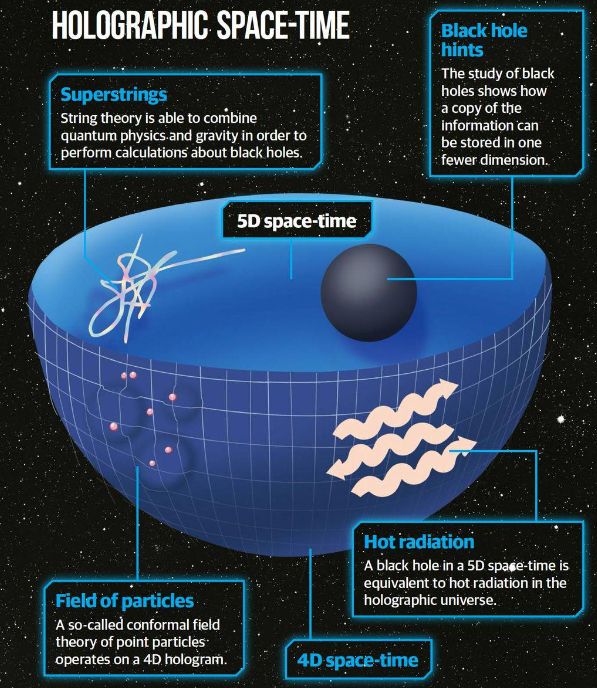
The holographic principle
The holographic principle connects geometry and information theory.
According to this idea, the information that makes up the universe is distributed over a two-dimensional surface, much like a hologram.
This implies that the universe can be thought of as a projection of this two-dimensional information onto the three-dimensional space that we observe.
“The world must be a network of holograms, each of which contains coded within it information about the relationships between the others.” (p166.)
Potential relationship between string theory and loop quantum gravity
By the end of the book, Lee Smolin, echoes Hawking’s idea, in the famous book “The Grand Design”.
He concludes that there could be a potential relationship between string theory and loop quantum gravity.
Galileo and Kepler both gave correct predictions about the motion of objects in space, despite using different approaches. Similarly, Smolin believes that string theory and loop quantum gravity may both be describing the same underlying reality.
The author suggests that the relationship between these two theories might be understood by asking:
- whether a string can be woven from a network of loops, or
- whether loops can be seen within a string.
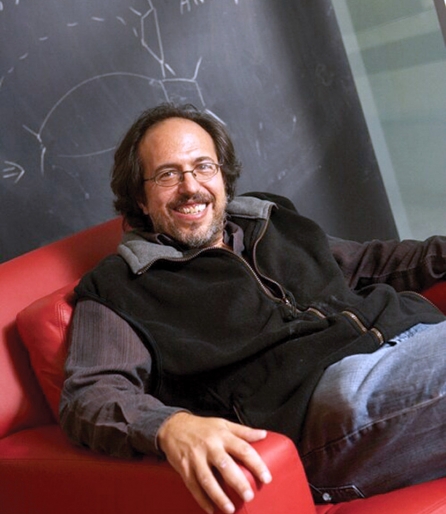
Takeaway
Three Roads to Quantum Gravity by Lee Smolin is one of the most straight forward and to the point book.
The infinities that result from combining quantum mechanics and general relativity are a long-standing problem in theoretical physics. However, Smolin’s idea of solving this conundrum makes it an interesting point.
After reading this book, my point of view too has shifted – could be that these roads/approaches are not exclusive but complementary.
Over all, a thought-provoking book about an interesting subject. I highly recommend to those who are curious (like me) and want to understand the problem of quantum gravity.


